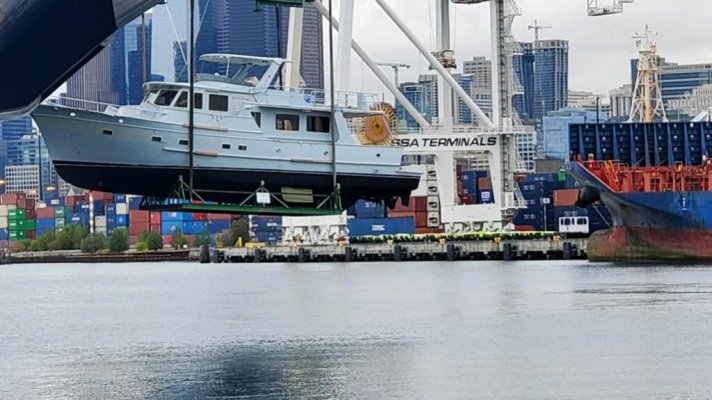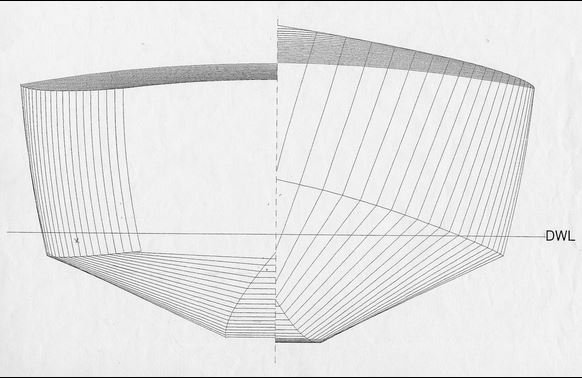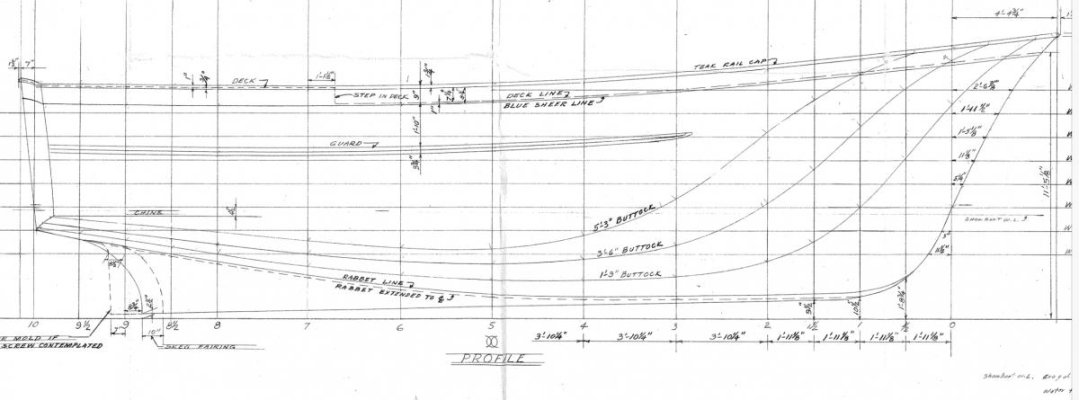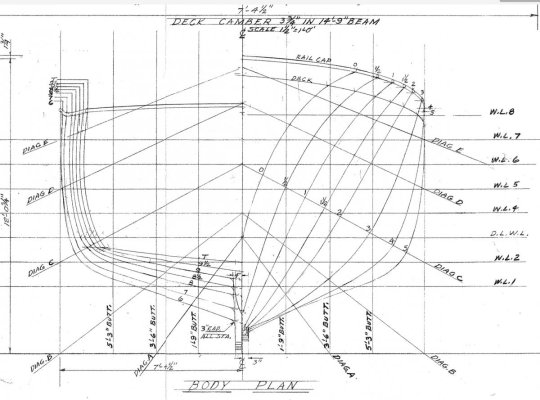rslifkin
Guru
- Joined
- Aug 20, 2019
- Messages
- 7,597
- Location
- USA
- Vessel Name
- Hour Glass
- Vessel Make
- Chris Craft 381 Catalina
You got that all backwards, SD hulls are almost never more efficient than a FD hull. SD requires more hp, more wetted surface, less efficient hull shape at FD speeds and in consequence need to carry more fuel. Sure they're faster but at what cost? More expensive machinery, more fuel and a generally less seaworthy boat.
SD is definitely a less efficient shape for operating at low speeds. But I'm not sure why they'd have more wetted surface, as they're typically a flatter, lower deadrise, lower draft hull and typically lighter weight too (both of which should reduce wetted surface). In a practical sense, the reduced weight, etc. often makes up a significant part of the shape disadvantage.
So FD will still be a bit more efficient, but in many cases, not as much as one might expect. The heavy FD will have an easier time carrying a huge, heavy fuel load for a long trip, however.
As far as seaworthiness for SD hulls, it varies a lot. Some are good, capable designs. Other "SD" boats are just a mediocre planing hull without enough power to actually plane. Those are the ones that tend to be less capable, as they don't have a great design for low speed work and don't have enough power to run at a speed where the design works well. Of course, hulls that rely on speed/power to handle some conditions are range limited by nature, as you can no longer count on going slow 100% of the time to save fuel.









